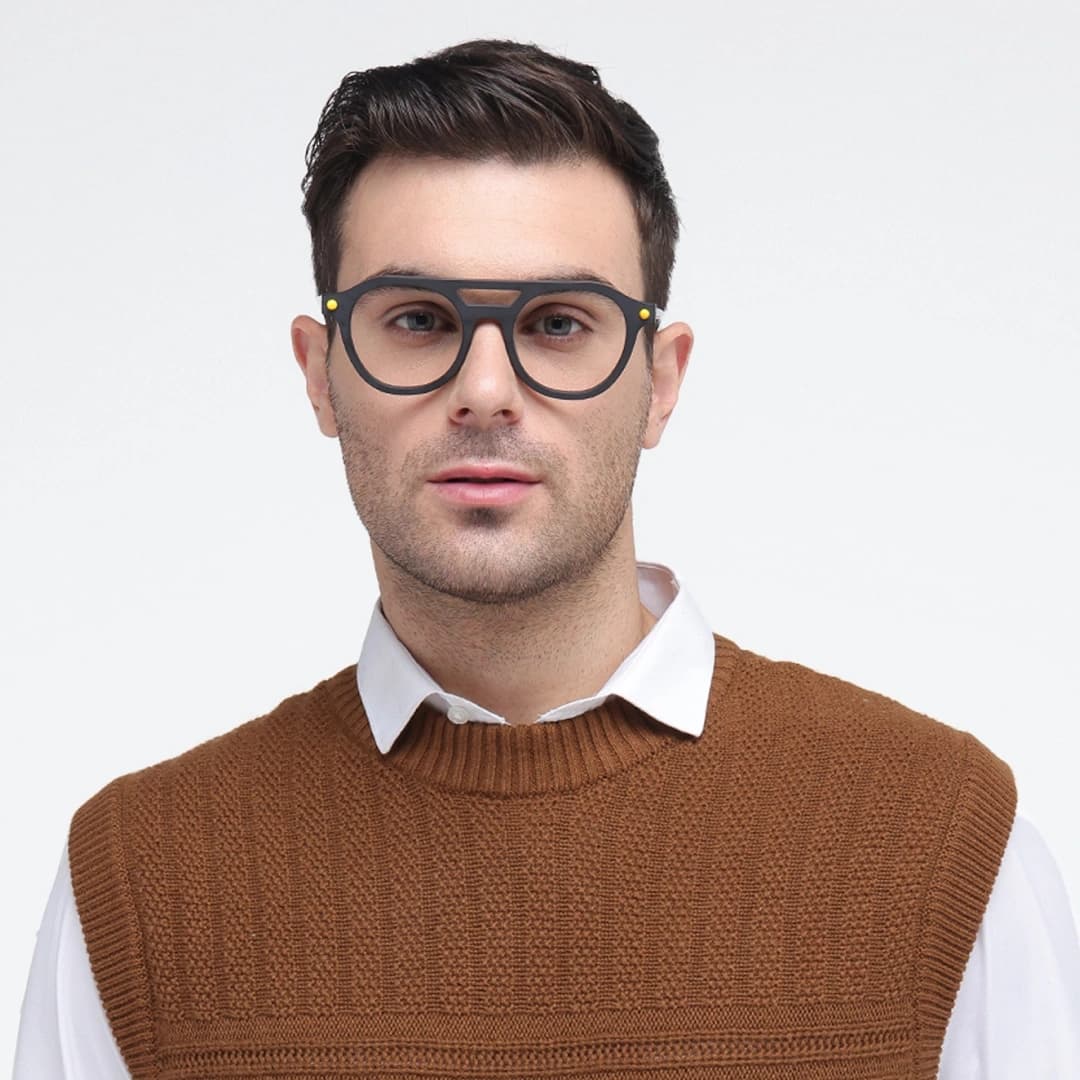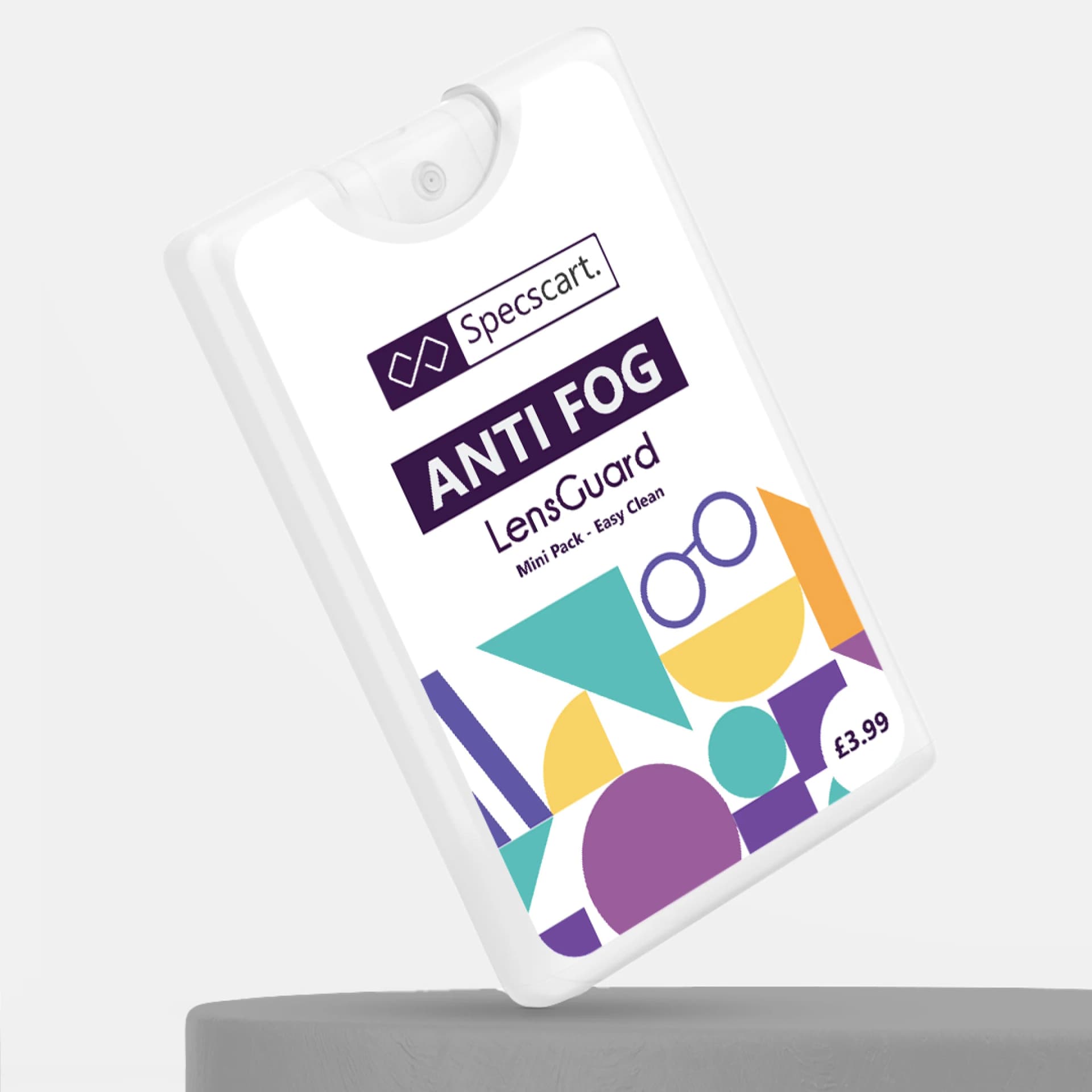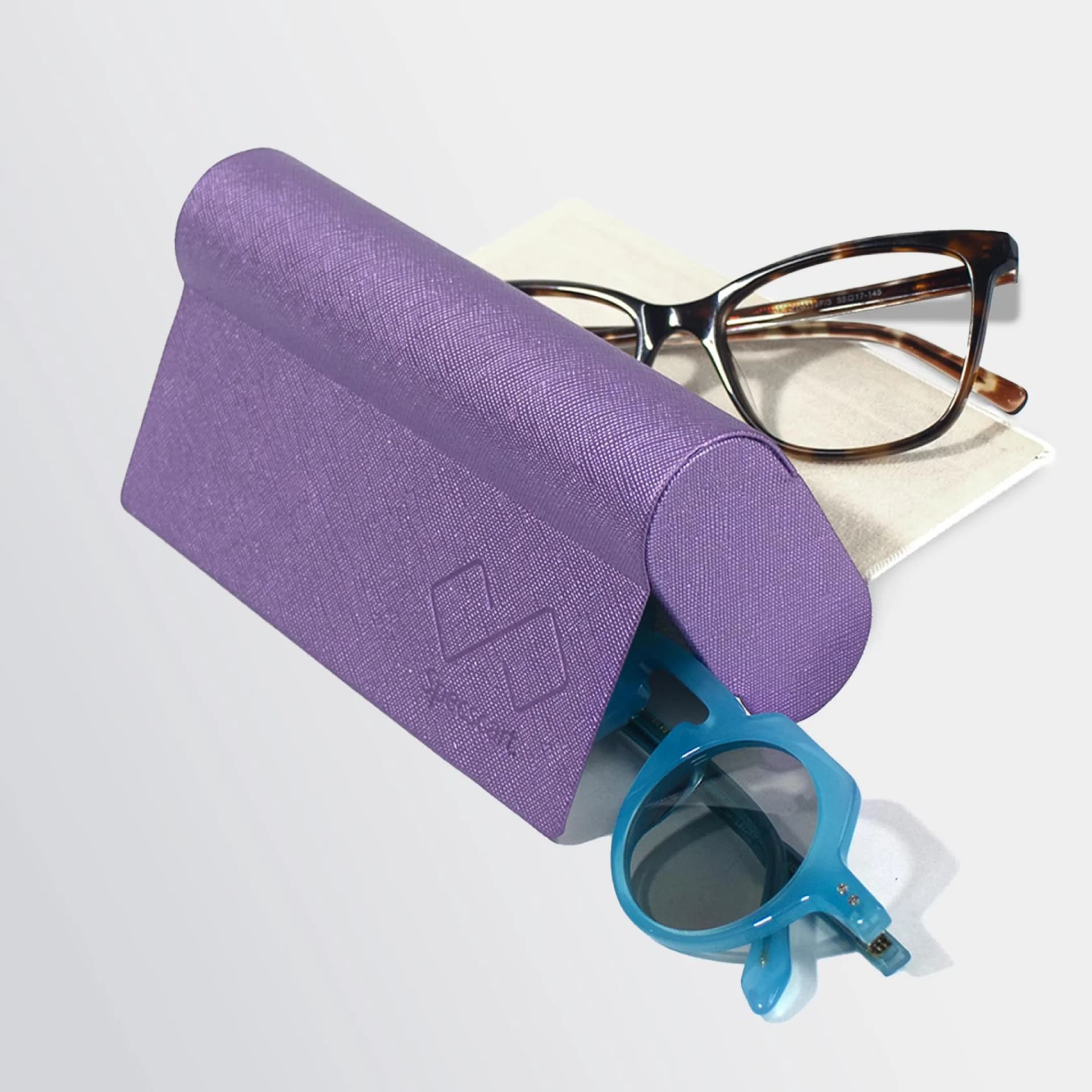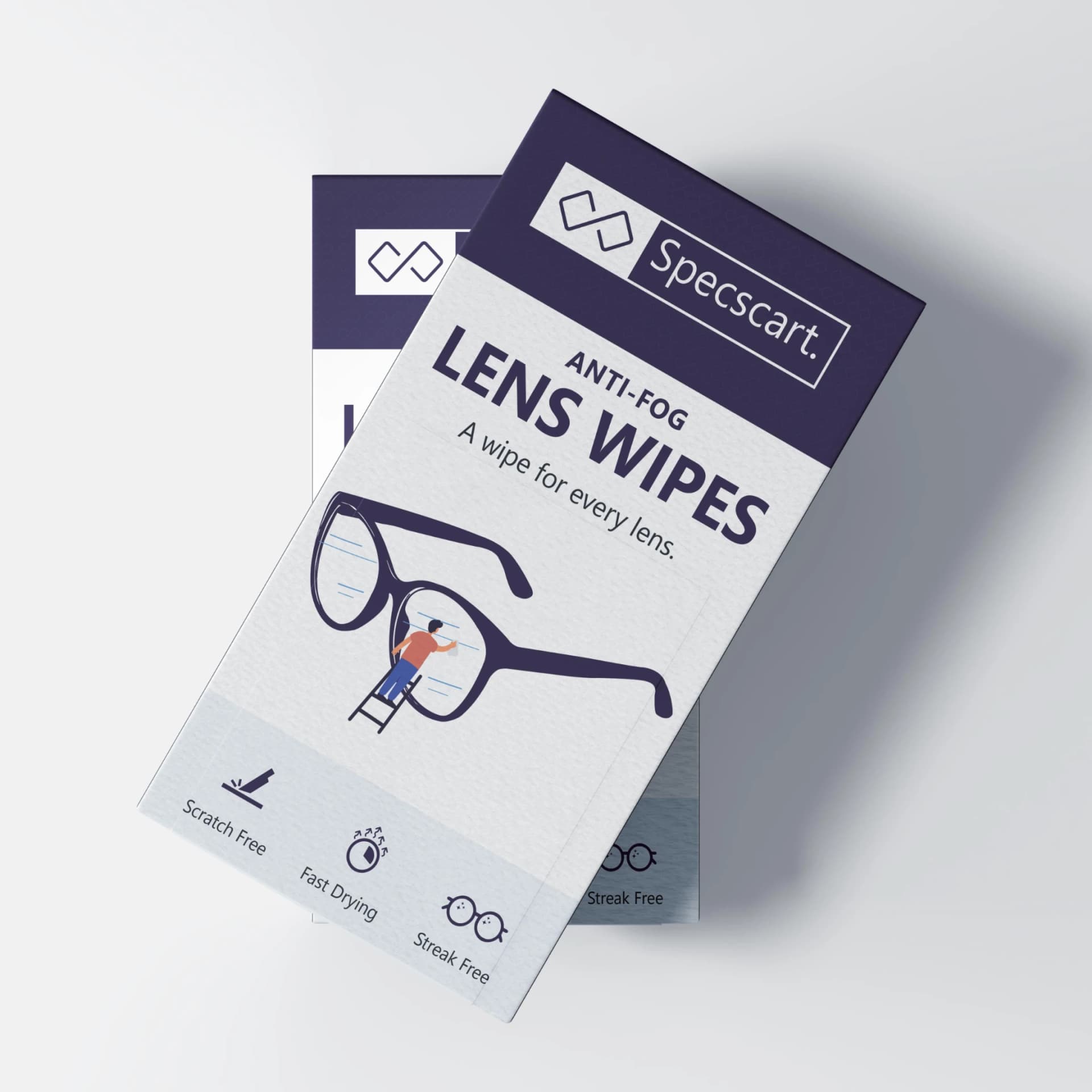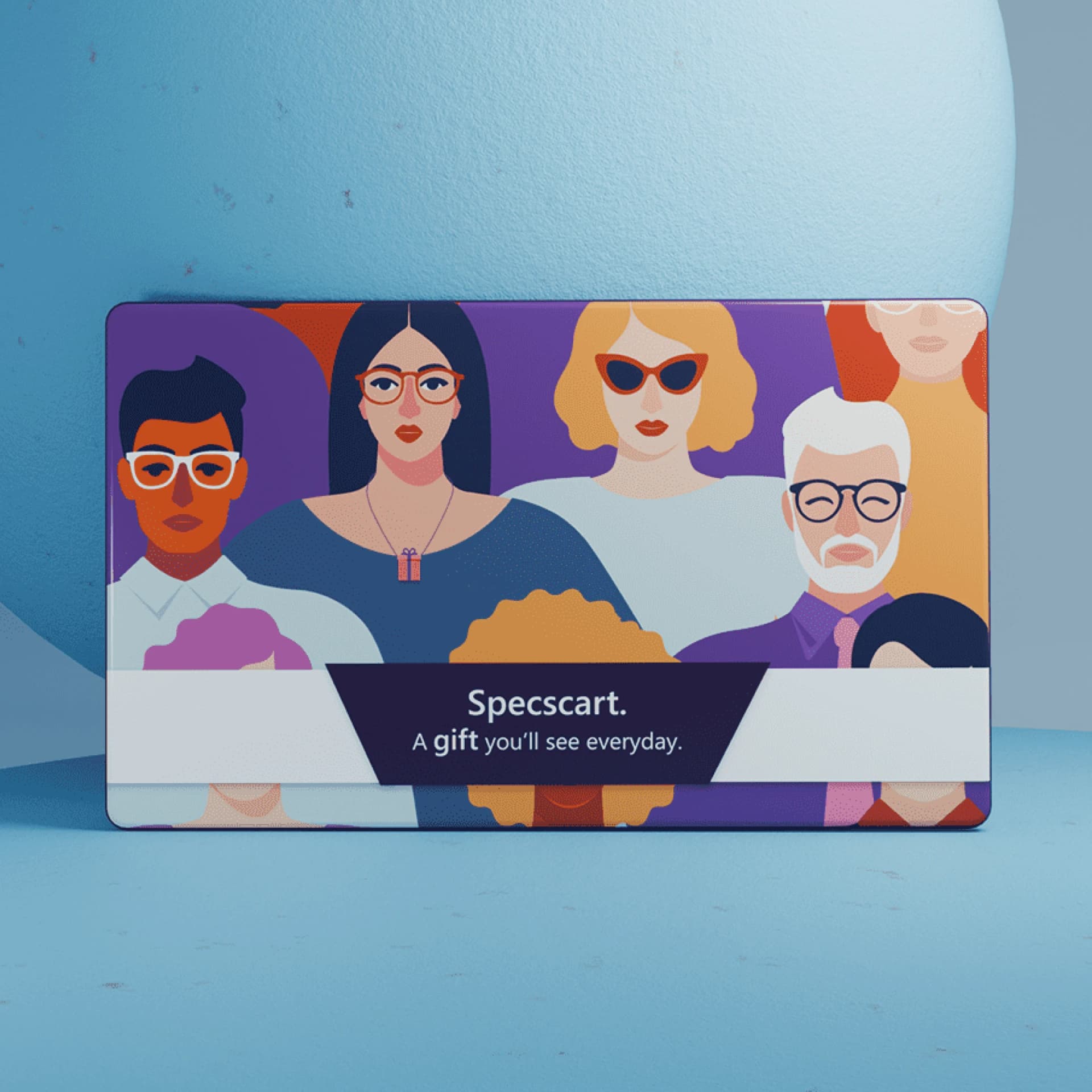The fight between contact lenses and eyeglasses is never-ending. While most people opt for the comfort and convenience of glasses, some are drawn to the cosmetic appeal of contact lenses. However, the process of wearing contact lenses is a tough one. After putting eyes through a lot of trouble for a long time, people finally learn how to get comfortable with them.
Wearing contacts is not all fun and games. Have you ever considered the potential side effects of contact lenses? Yes, you read that right, wearing contact lenses for a long time comes with a lot of side effects. If you are wondering what they are, then stick till the end.
Blocked Oxygen Supply
Oxygen is important for our eyes as much as it is for us to breathe. Since contact lenses are worn directly on your eyes, they reduce the amount of oxygen reaching your eyes.
The cornea has no blood supply of its own. It gets oxygen either from the tears or the atmosphere. So, when the oxygen level is low, the cornea may swell, and you will have to deal with uncomfortable symptoms such as blurry vision or excessive tearing.
Dry Eyes
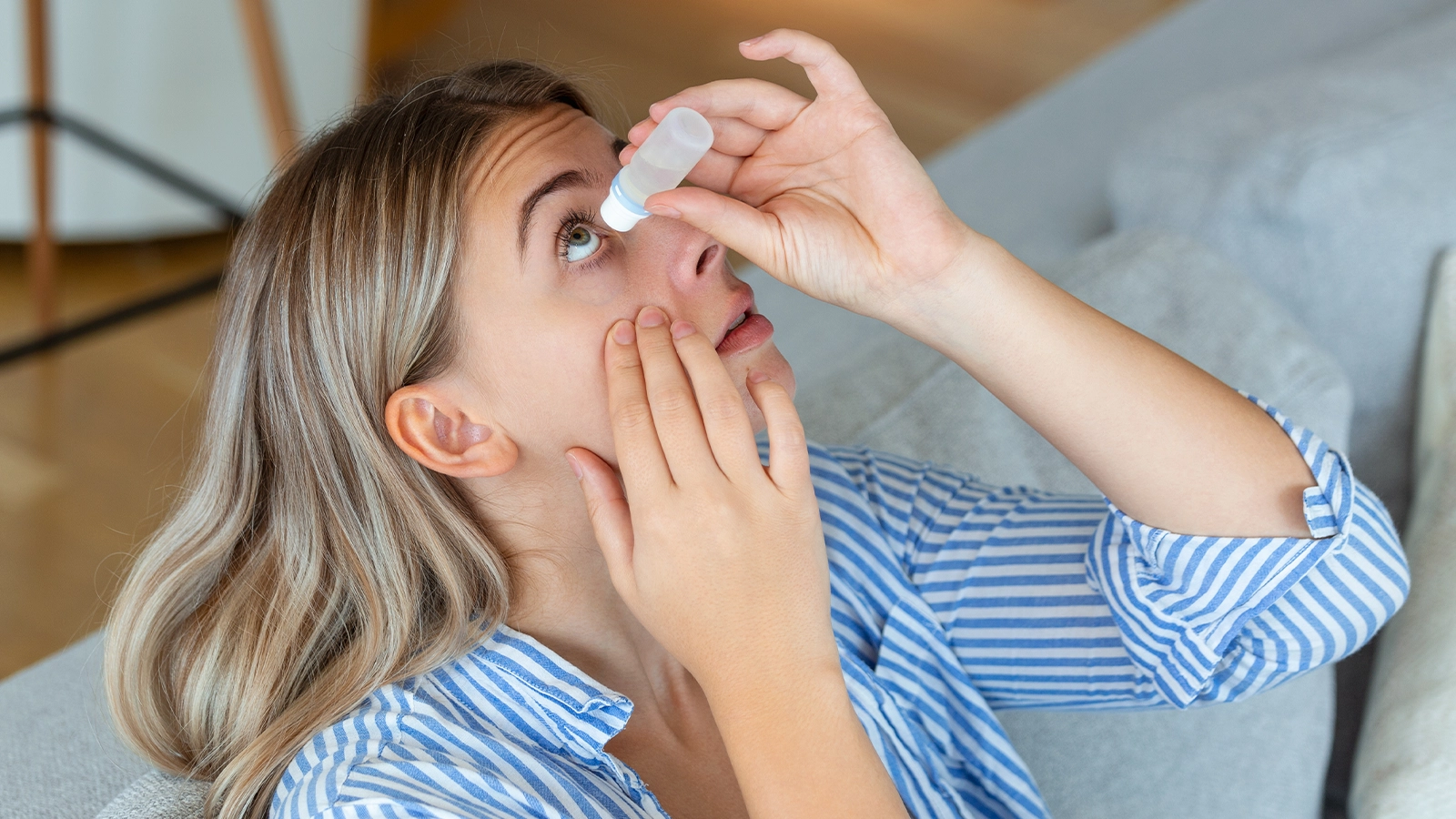
Lenses are designed to absorb the moisture in your eyes. They may absorb the tears that are meant to keep your eyes lubricated. This lack of tear production is known as dry eye syndrome, often leading to a burning sensation or redness in the eyes.If you have dry eyes, make sure to limit your screen time. Looking at the blue light-filled screens will deteriorate your eye health. Use eye drops, blink often, and wear prescription blue light glasses when using digital screens.
More Prone to Eye Infections
Conjunctivitis and stye are common eye infections that may develop if you wear contact lenses for too long or, worse, sleep in them. Contact lenses are moist and make the perfect breeding ground for bacteria and viruses. And since the oxygen supply to the cornea is low, it is not as capable of fighting off these bacteria.
Corneal Ulcer
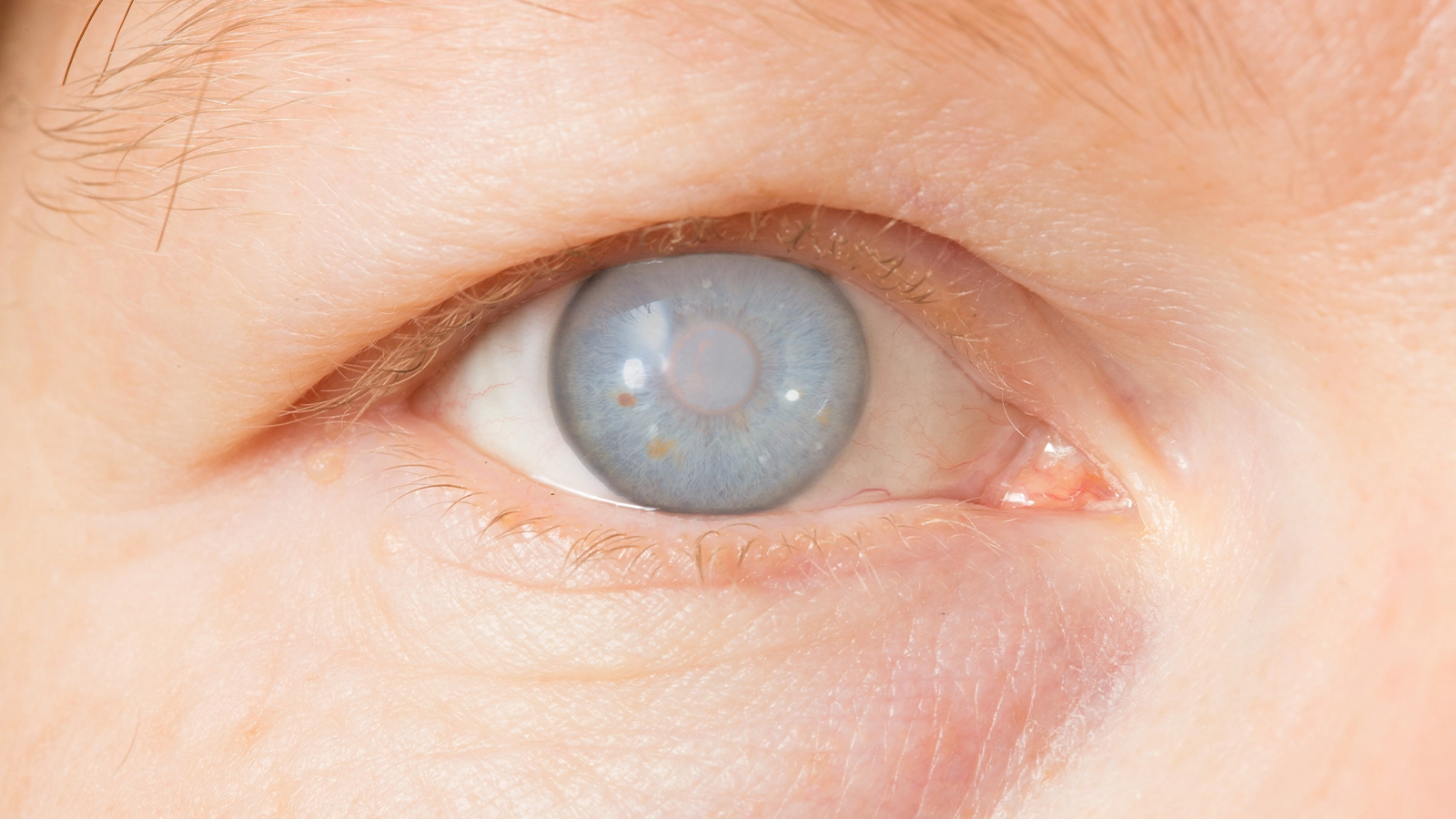
A corneal ulcer happens when an open sore caused by bacteria or fungus forms on the surface of the cornea. While it usually stems from eye infections, severe dry eye problems or eye disorders may give rise to this problem.
If not treated timely, a corneal ulcer will lead to permanent vision loss. If you are an avid contact lens user, get your eyes checked annually and report any symptoms of vision change to your eye doctor.
Ptosis
Ptosis refers to the drooping of your eyelids. If you have this problem and the lens fluid gets in the eyelid during lens removal, it will cause lid retraction. This will affect your ocular structure and cause visual discomfort.
Ptosis may make your eyes sensitive to light. So, even when you are indoors with bright lighting around, wear glasses with tinted lenses. They won’t make your eyes feel irritated from bright lights.
Slow Corneal Reflex
The corneal reflex is a protective mechanism used by your eyes, where the brain signals your eyes to shut whenever it senses a potential danger. For instance, if something comes flying towards your eyes, they will shut on their own.
But, taking your hands close to your eyes to put on contacts every day teaches your body to ignore this reflex. This proves to be dangerous when a real one is approaching and your eyes aren’t able to react.
Corneal Abrasion
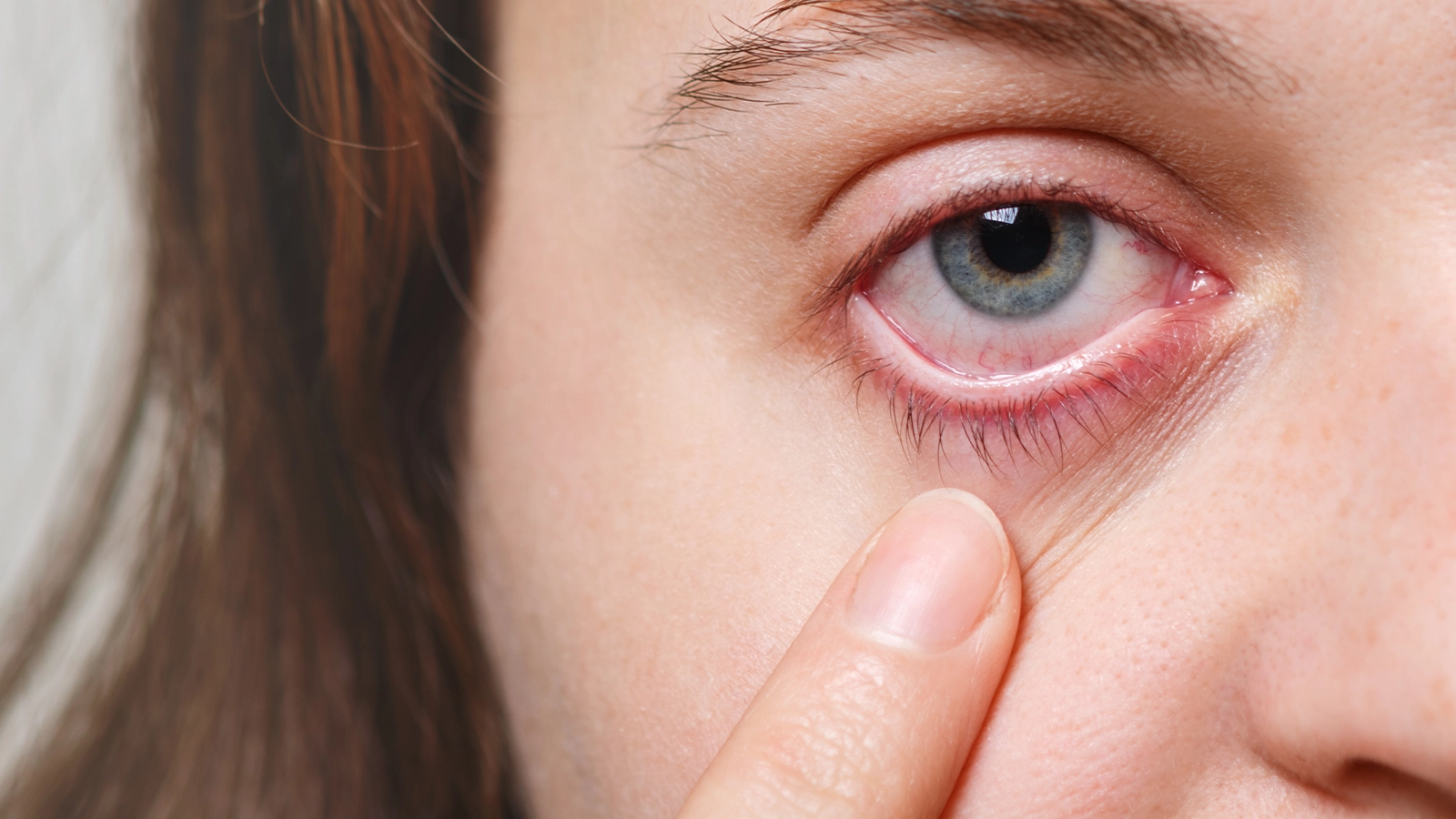
Since you have contact lenses on all the time, they might scratch the surface of your cornea. This problem becomes more common if your contacts don’t fit or your eyes are dry.
The moist surface of these lenses traps dirt and dust particles. These particles will rub against your cornea and may even cause vision-threatening eye infections. If you have developed this problem, it is time to give your eyes a break.
Is Wearing Contact Lenses Safe?
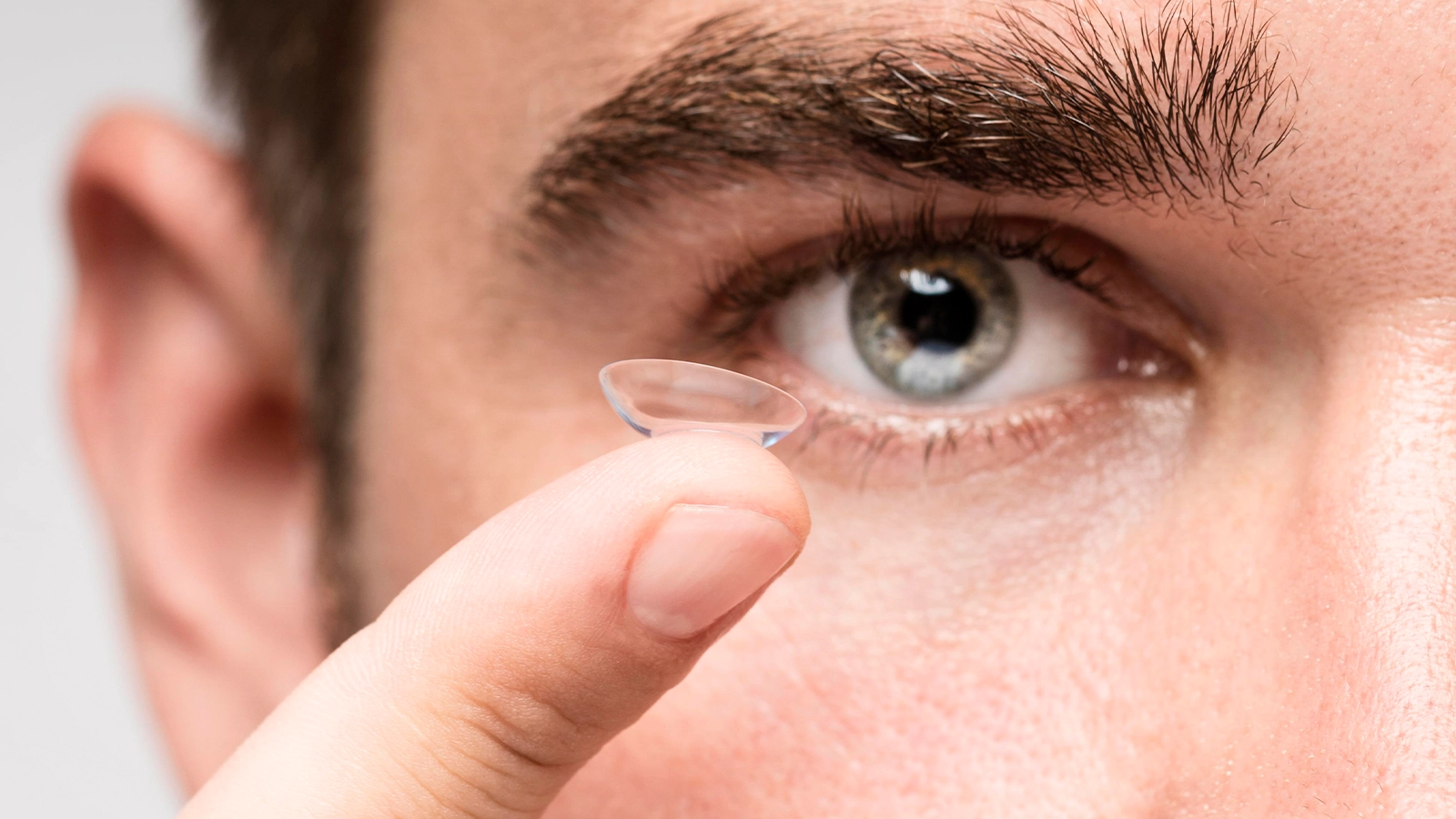
It is both safe and not safe. If you don’t overdo it and wear them for short spans of time, then they are a great accessory. But if you act carelessly and sleep in your contacts or do not take them off when you should, you can get infections.
If you wear contacts, make sure you schedule regular appointments with your eye doctor. And if they ask you to take a break, do it. The health of your eyes should be the most important thing for you.
If you think you’ll lose out on style or fashion by giving up contact lenses, you are wrong. Glasses are not only a more comfortable alternative to contacts, but they are more fashionable as well. Where contact lenses only change the colour of your eyes, glasses can help you try different looks. And there are so many styles to add different shades to your personality.
Wrapping It Up
Contacts may seem like a more economical option in the short run, but the benefits and durability of glasses outperform the contacts. You can use the same pair of eyeglasses for 3-4 years or more if you take care of them. And if the frame becomes obsolete or damaged, you can reglaze glasses at Specscart and save on the cost.
Caution: You may become style obsessed
Your way finder
2000+ Trendy Styles

Fashion Forward Sunnies





















